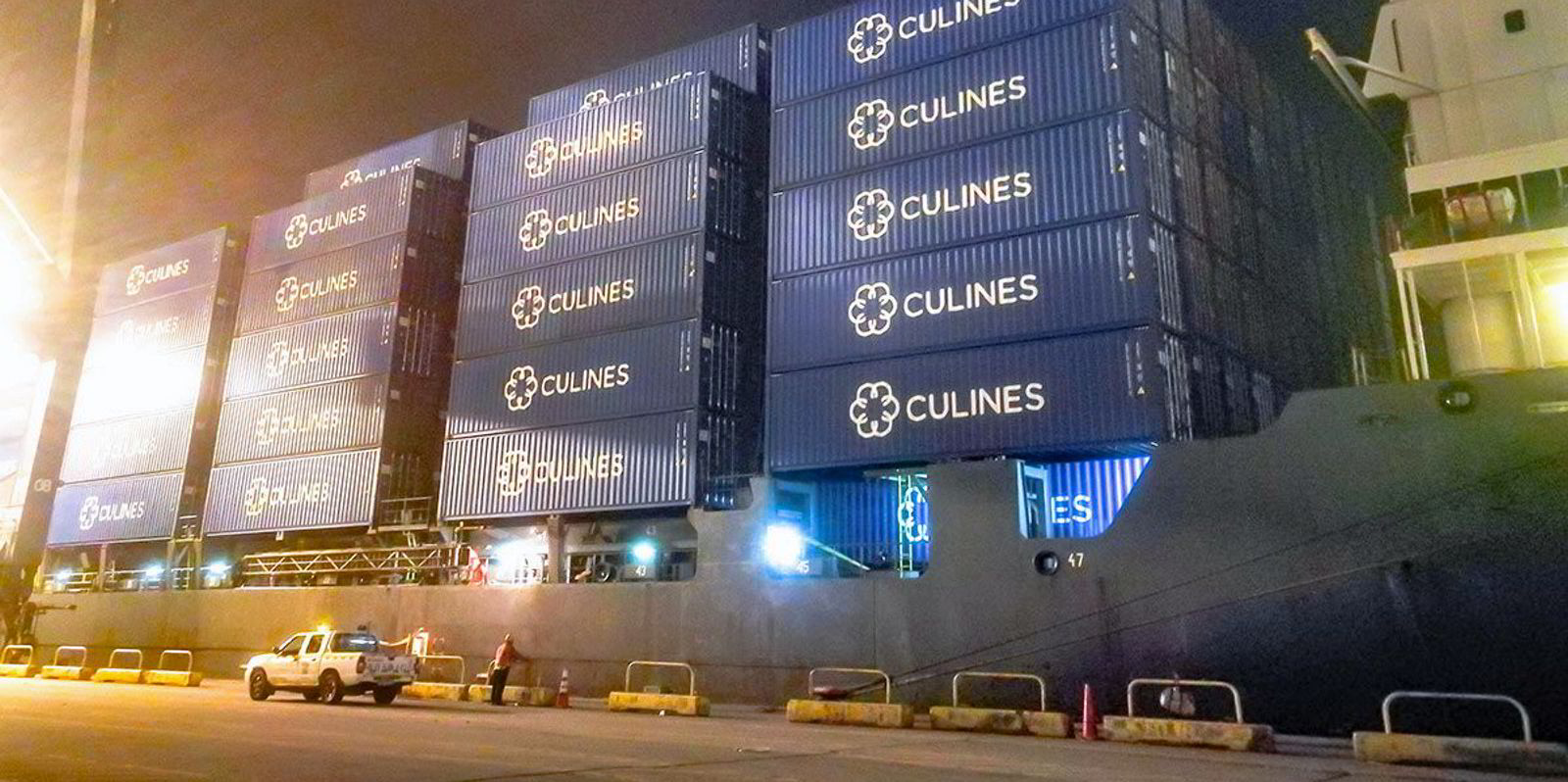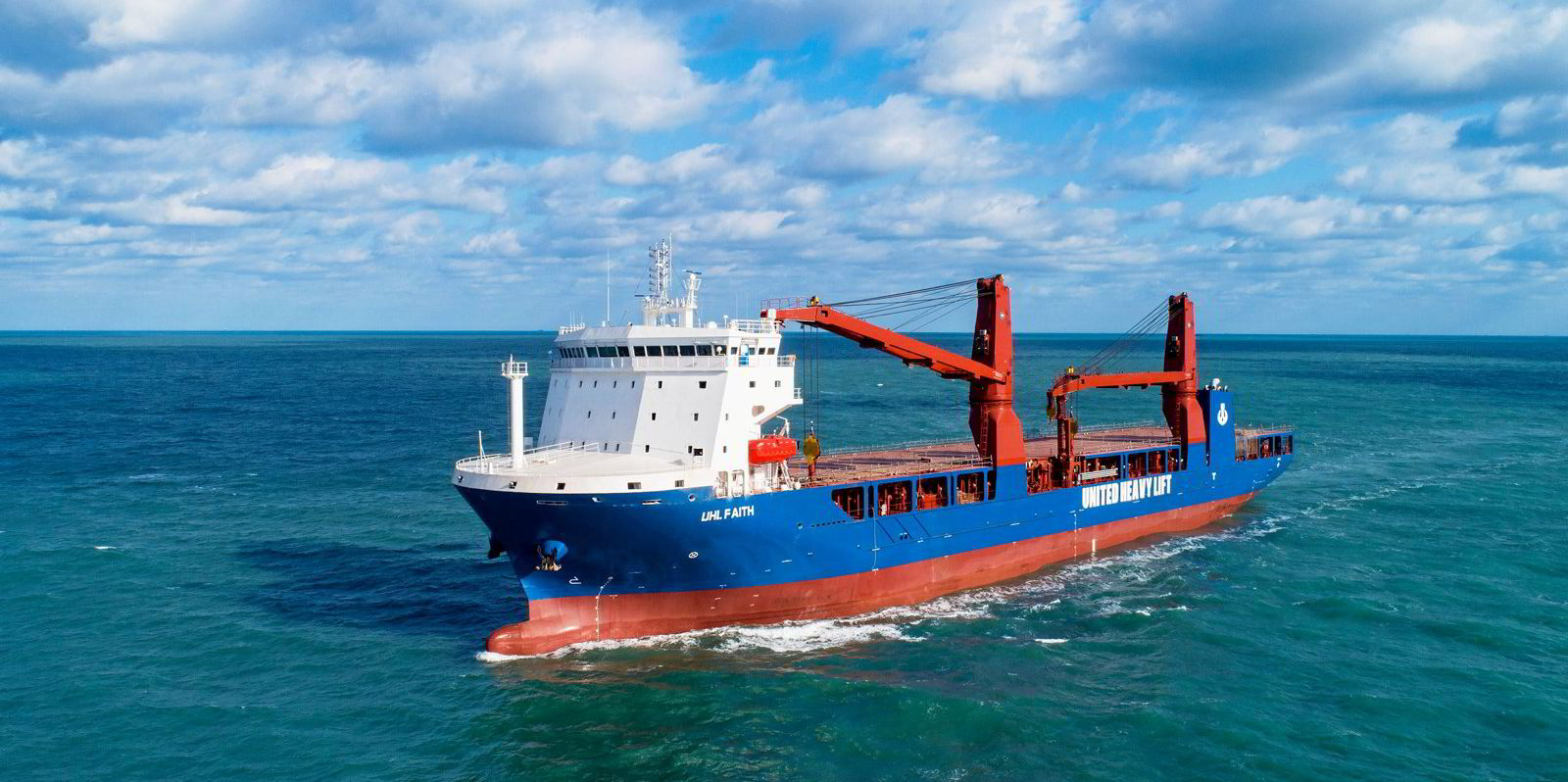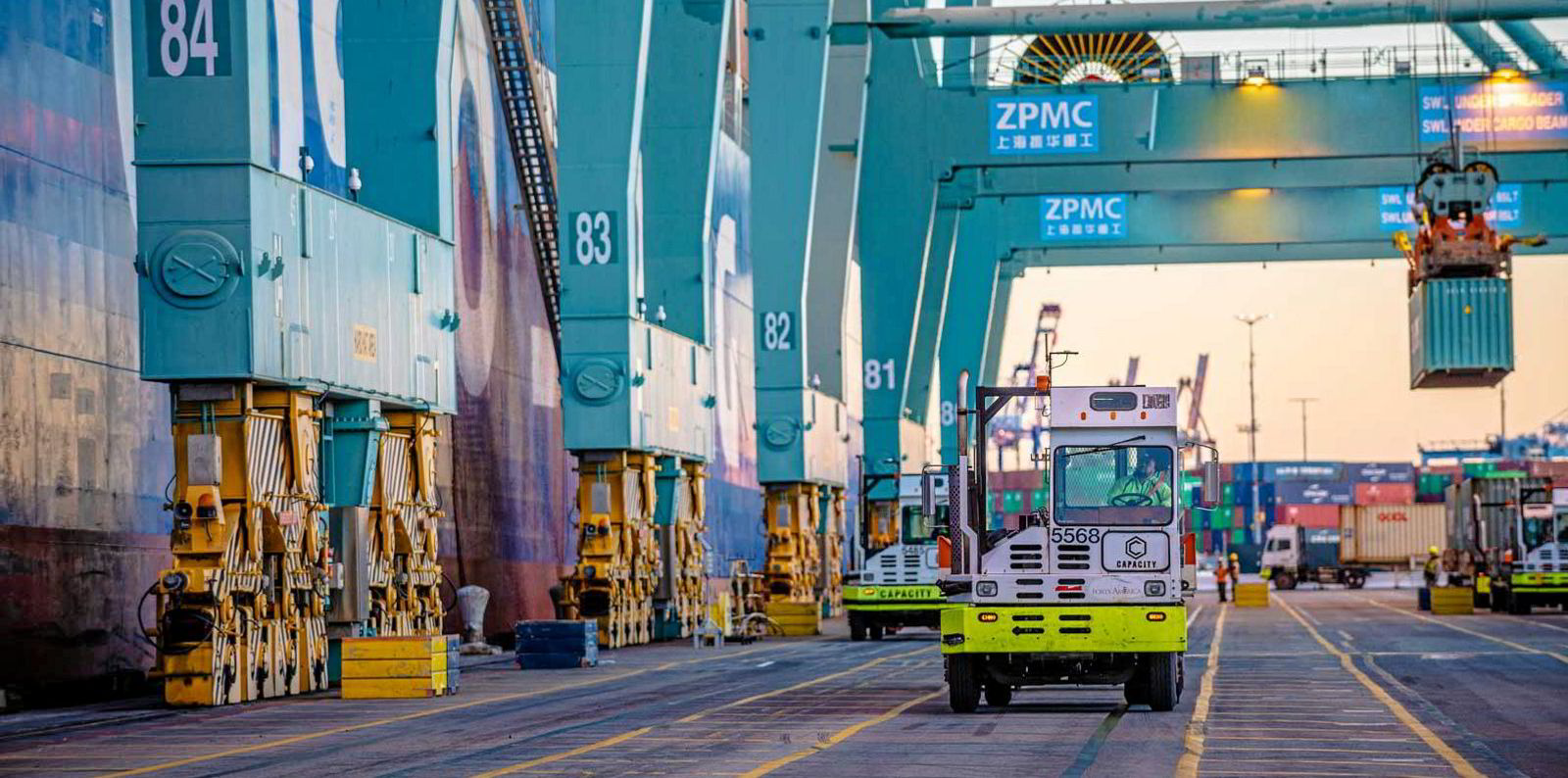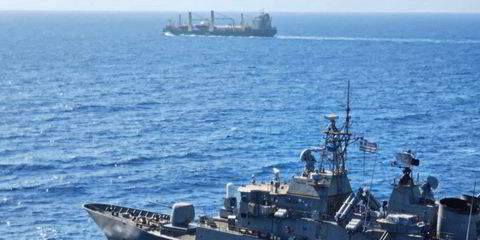A European shipper has teamed up with China United Lines (CULines) to charter a feeder vessel as an alternative to existing services on the Asia-Europe trade.
Germany's Xstaff said the move has been planned as a one-off, but it could soon be repeated if the container freight market remains unchanged.
The 2,700-teu containership Laila (built 2008) left Yantian in China on 8 February and is expected to arrive in Hamburg in early March.
The vessel was chartered from Germany’s Peter Dohle Schiffahrts for up to three months. Brokers had originally reported that CULines fixed the vessel in December at a pricey $24,500 per day.
Dusseldorf-based Xstaff, a purchasing network formed by COOP Schweiz and Belgium’s Colruyt Group, has contracted space on the vessel.
The shipper deems the charter a price worth paying in the face of exceptionally high freight rates, limited container availability and frequent delays between Asia and Europe.
The company expressed frustration that container slots from Asia to Europe are booked out weeks in advance.
Xstaff added that the “unexpected and exceptional growth in volumes made it necessary to explore new avenues”.
The Laila will compete with ultra-large containerships that are regularly used on the trade due to their lower slot costs.
“Our members need planning security, a contractually secured cost framework, and reliability in the service provision,” Xstaff chairman Bodo Knop said.
“In view of the compelling market situation, we decided to take matters into our own hands and offer our own transport capacities.”
Plan for next charter
Strong interest in the project led to container spots on the Laila being filled in a few days.
While charter costs were high, the company said spot rates are still in “the lower range” of shipping costs.

The Laila is used to transport non-food products mainly destined to the European do-it-yourself stores and supermarket chains.
The company described its primary goal for this project as the "frictionless transport" of goods to Europe.
“That aim, not margins, was given priority in the planning phase,” the company said.
“The charter was planned as a one-off initiative. Due to strong demand, however, preparations are already underway for a second voyage in the first half of 2021 if the shipping environment has not improved."
Freight rates remain high
The freight-rate scenario remained unchanged this week, with prices out of Asia staying at record levels despite the onset of the Lunar New Year holidays.
Rates from China to North Europe climbed 6% to a new high of $8,455 per 40-foot container (feu), according to the Freightos Baltic Global Container Index (FBX).
Rates to the US West Coast also increased to $4,709 per feu and are 218% higher than the same time last year.
Some carriers are reporting fully booked ships until the end of the month, according to Freightos.
The analyst noted that non-stop demand for ocean freight from Asia to the US had continued to overwhelm major US ports.
The Port of Los Angeles lists 21 containerships at anchor as of 17 February, with an average waiting time of eight days.
Freightos said the extreme delays effectively reduce available ocean capacity, and pushed rates up on some major lanes.






